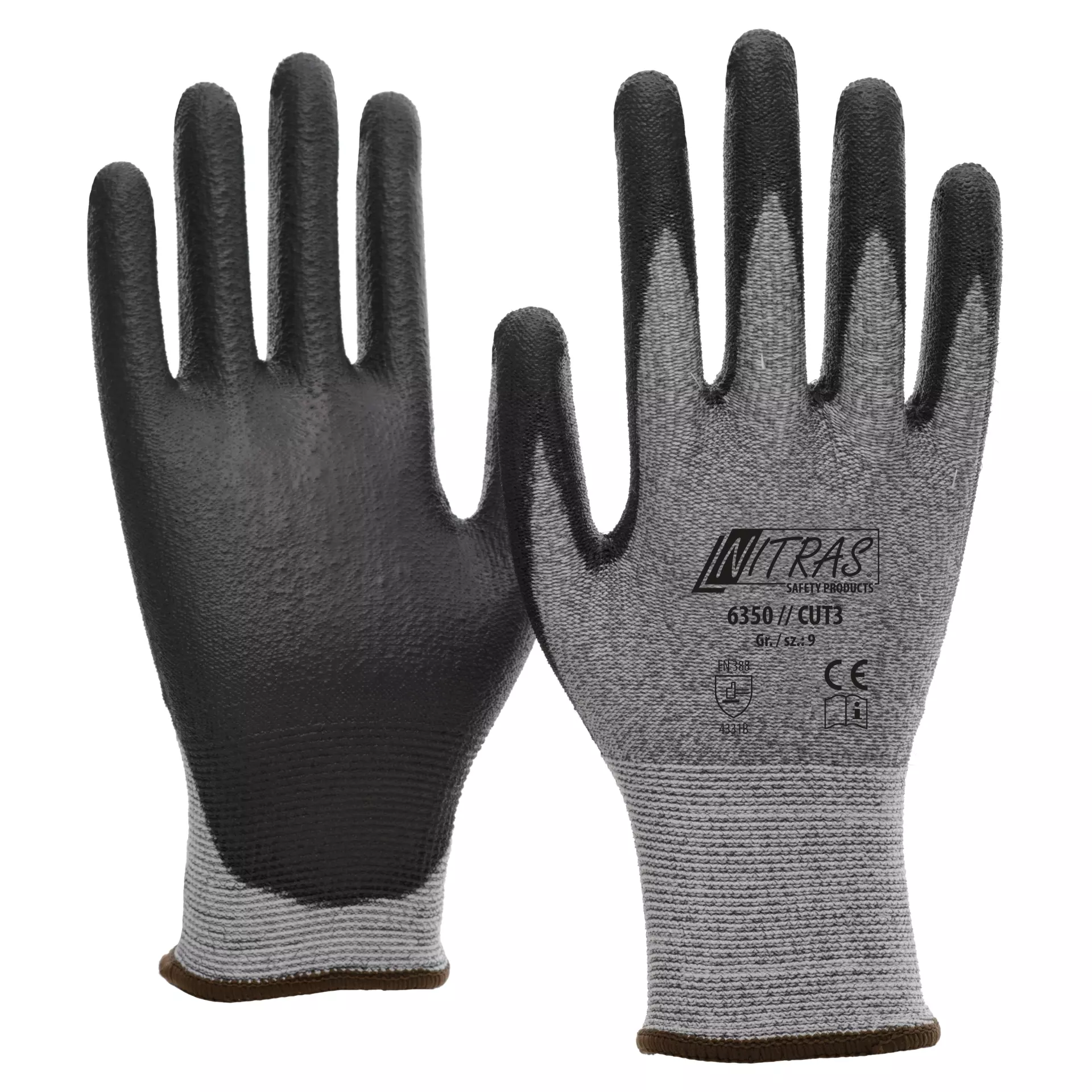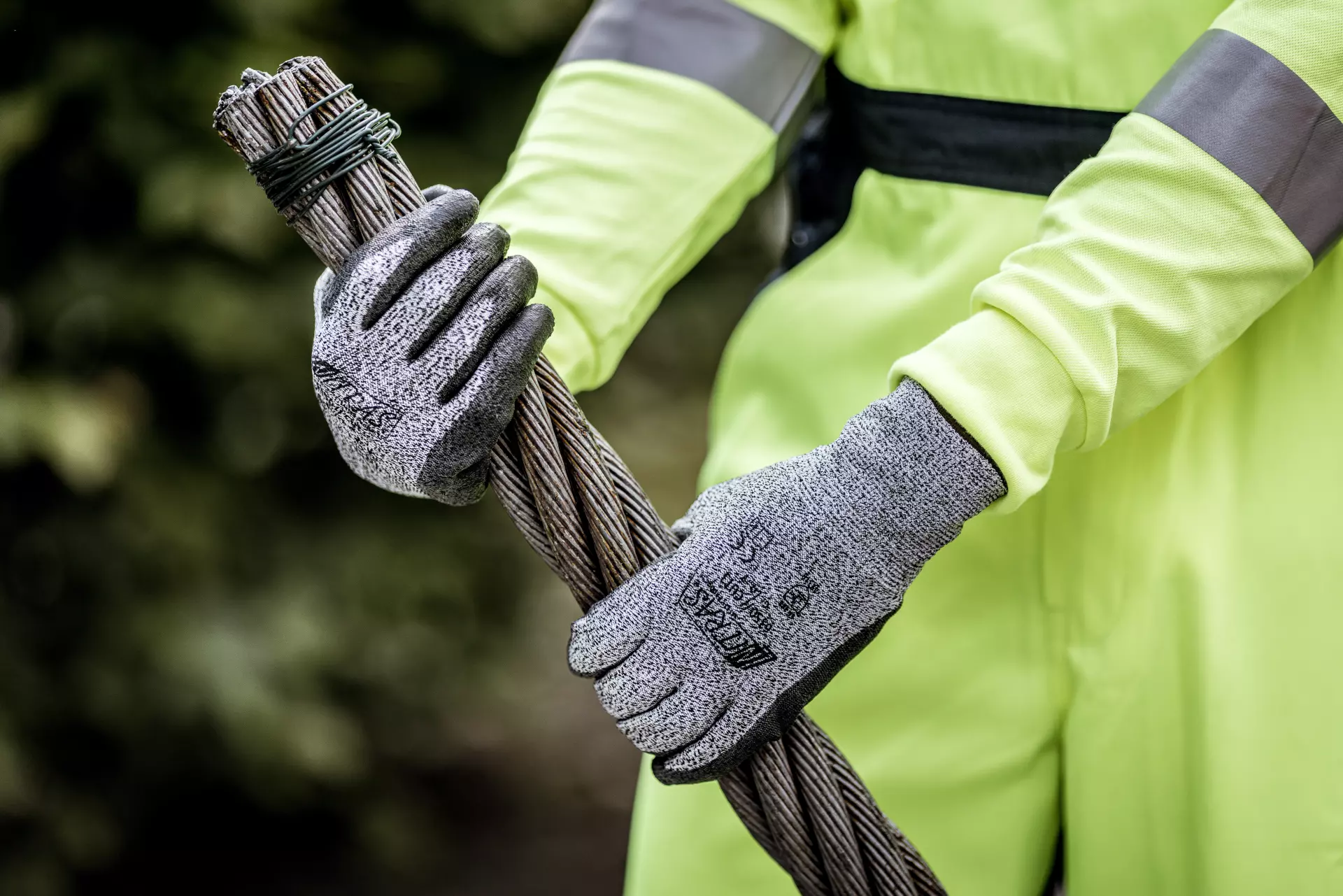

Product description
Professional cut protection gloves featuring special yarn construction with a partial polyurethane coating on palms and fingertips for enhanced grip and dexterity. These gloves combine high cut resistance with superior comfort, while the knitted wrist design ensures a secure fit during use.
Product Features:
- Special yarn construction for cut protection
- Partial PU coating on palm and fingertips
- Knitted wrist for secure fit
- High cut resistance rating
- Ergonomic design for extended wear comfort
About Coated Cut Protection Glove
Coated Cut Protection Gloves provide essential hand safety with cut-resistant materials and specialized coatings for enhanced grip. Ideal for construction, manufacturing, and handling sharp materials, these gloves offer both protection and dexterity for demanding work environments.
- Hand Protection
Standards and labels
Nitras delivery terms
Free delivery when you order more than 1 650,00 kr from Nitras
Supplier shipping fee 55,20 kr
Brand minimum 3 000,00 kr
Nitras
CUT3 Cut protection Gloves, Grey, 10 pairs
CUT3 Cut protection Gloves, Grey, 10 pairs
4.5 / 5
217,05 kr
Price per 10 pairs
21,70 kr / pair
Choose size
Shipping fee is 55,20 kr for orders under 1 650,00 kr